First look video: Roland Aira Modular effects
We take a look at Roland's latest Eurorack-friendly FX additions to the Aira family
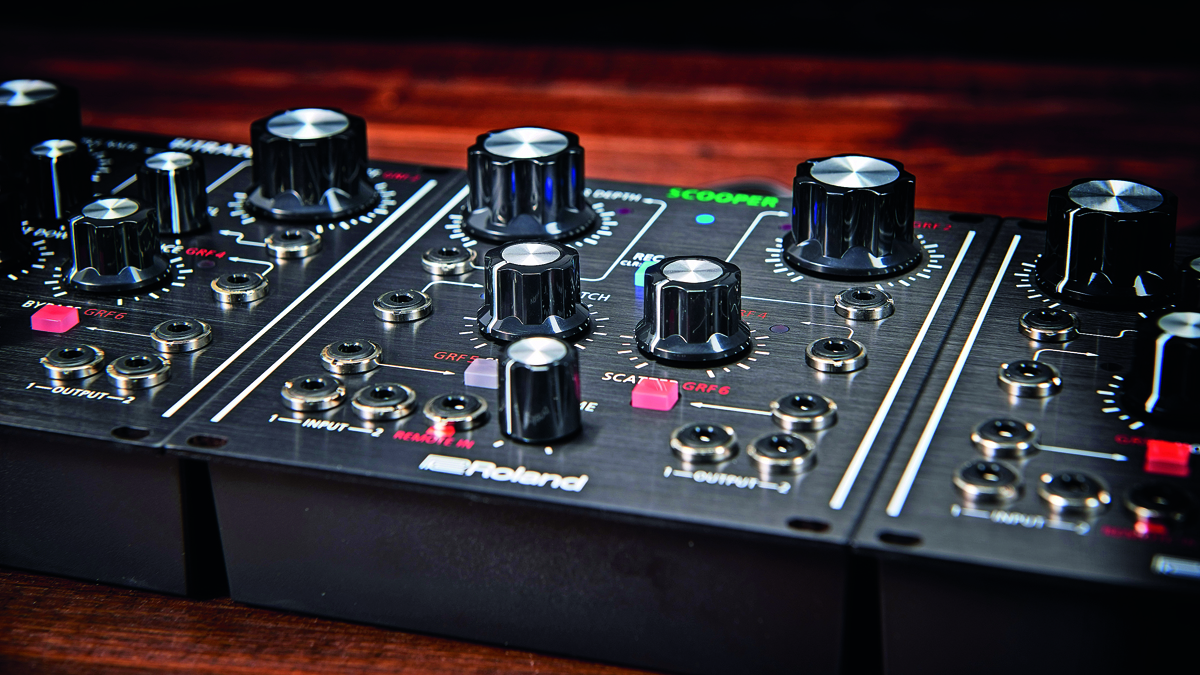
Intro
It seemed that Roland took to this year’s MusikMesse with one purpose, and that was to own it.
Most were thrilled by its moves into the world of modular; there was the announcement of the forthcoming System-500 range, and also some new modular additions to the Aira range.
Recently we checked out the System-1m, but now it’s time to have a look at the new Aira EFX modules: Demora, Torcido, Scooper and Bitrazer.
Check out the video below and click through the gallery to get to know these new FX units…
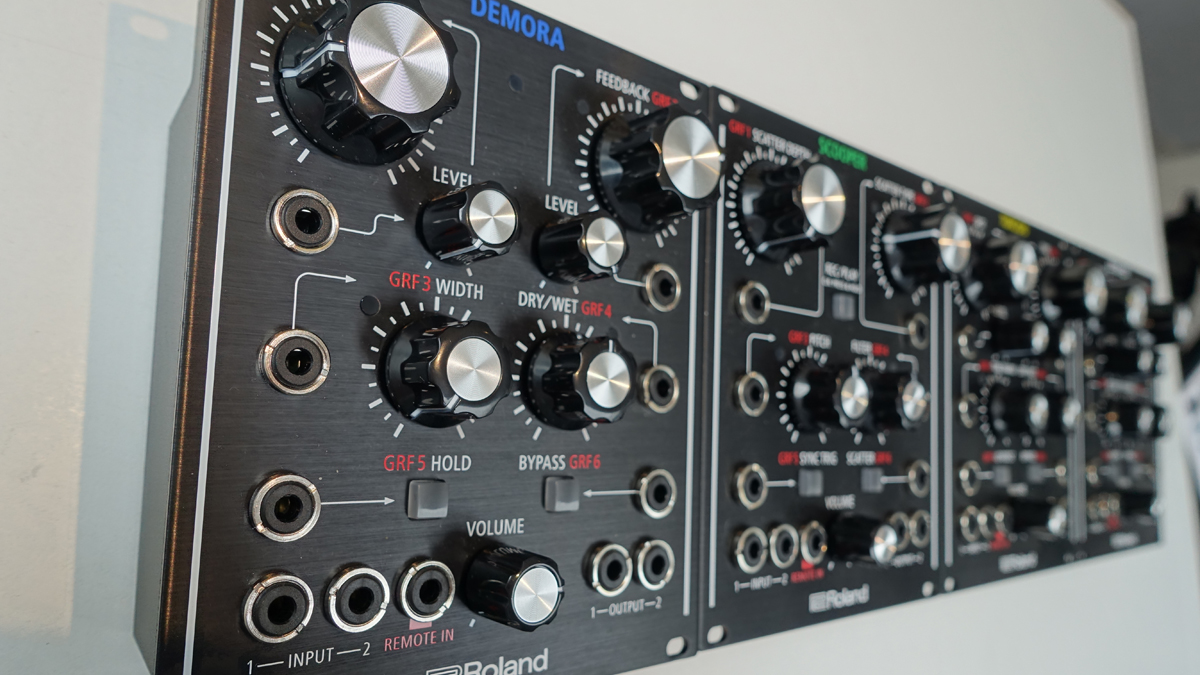
1. Styling
Very much retro-styled - check out the Moog/Roland modular knobs and plentiful supply of minijack sockets - the Aira EFX units have plenty to catch your attention on the front panel.
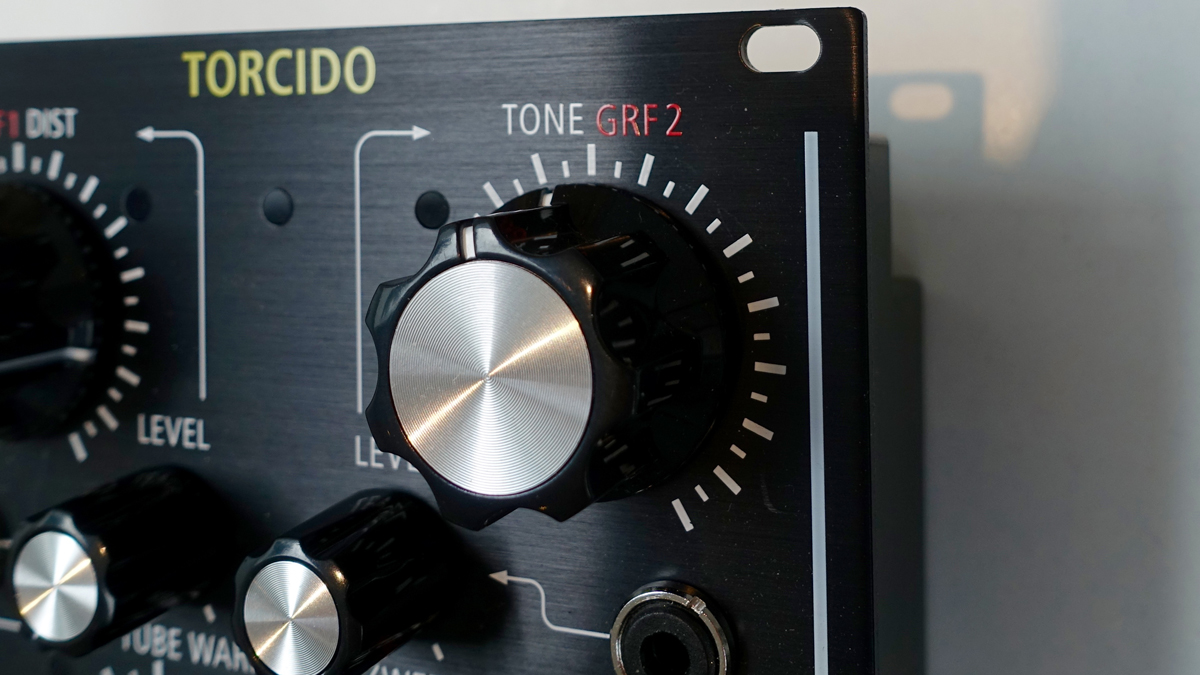
2. Control
The so-called ‘Griffer’ knobs (with red writing next to the parameter name) are all high-resolution digital controls that are used to manipulate the main parameters.
These can be repurposed in software so that they can adjust a whole host of underlying parameters.
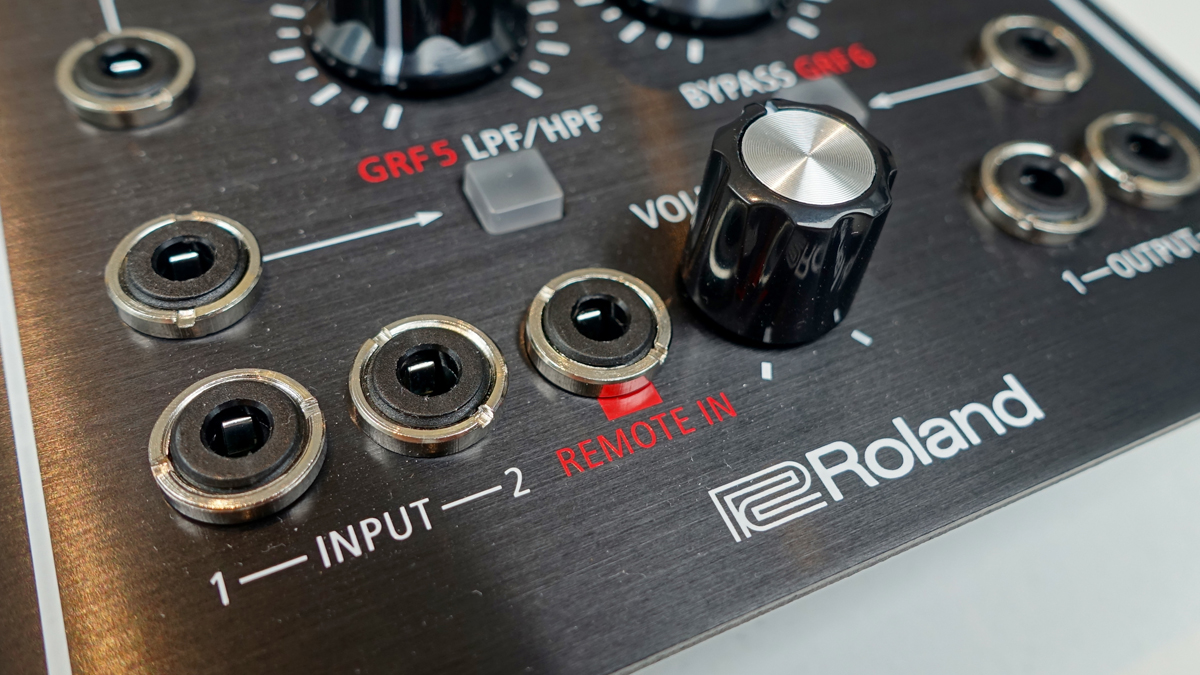
3. Presets
The seemingly innocuous Remote In socket belies a hidden universe of reprogramming possibilities that can be harnessed via the headphone socket on your iOS or Android device.
In fact, you can even save presets as WAV files for sharing with others.
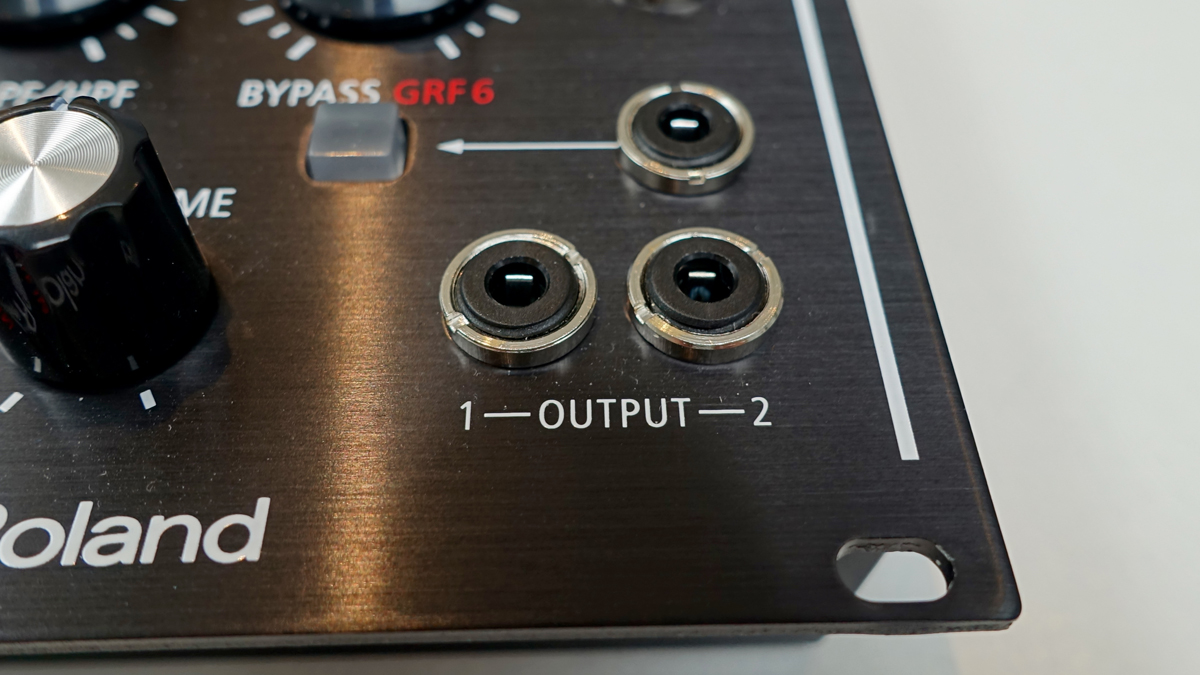
4. Routing options
The analogue audio ins and outs are accessible only via the front-panel mini-jacks (for dual-mono or stereo processing).
This works well when the units are racked, but things can get pretty cluttered if you’re going for a desktop setup.
As with many of the other sockets, you can reroute their destinations using software, even to the extent of creating two independent mono processors if you wish.
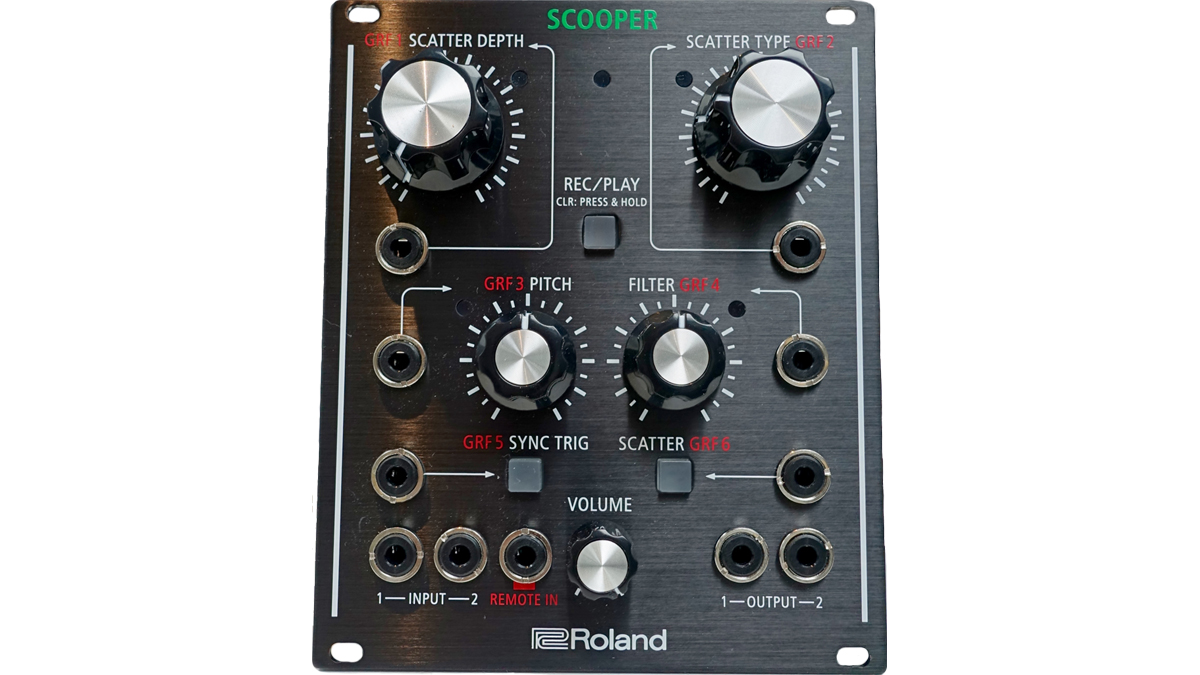
5. Control Voltages
There are a lot of CV input points on the AIRA EFX that can be used for voltage control of most underlying parameters.
Although there are no specific CV outs, the analogue outputs can be used for this purpose.
It would therefore be pretty simple to turn any of the units into a custom MIDI-syncable LFO generator and envelope generator.
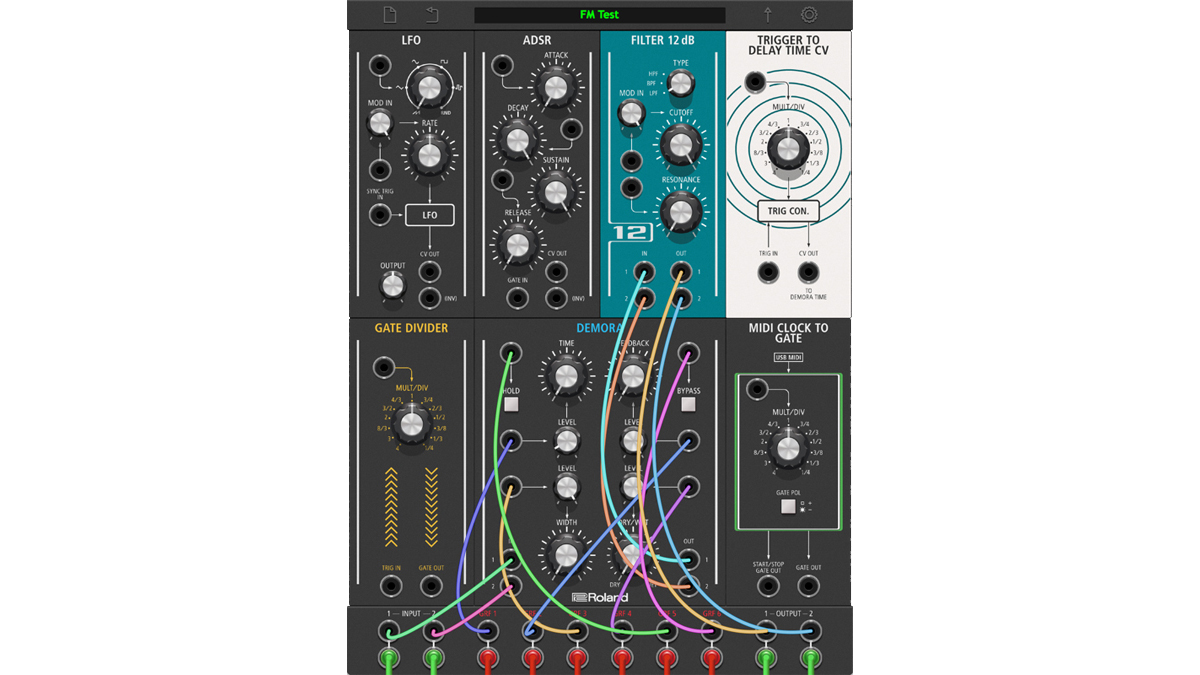
6. Software editor
The (free) multi-platform software editor includes 15 sub-modules that can be used to customise each unit.
Although it’s impossible to turn a Demora into a Scooper, Torcido or Bitrazer, the modules enable you to adapt and process the audio path or introduce complex control routings in a relatively straightforward manner.
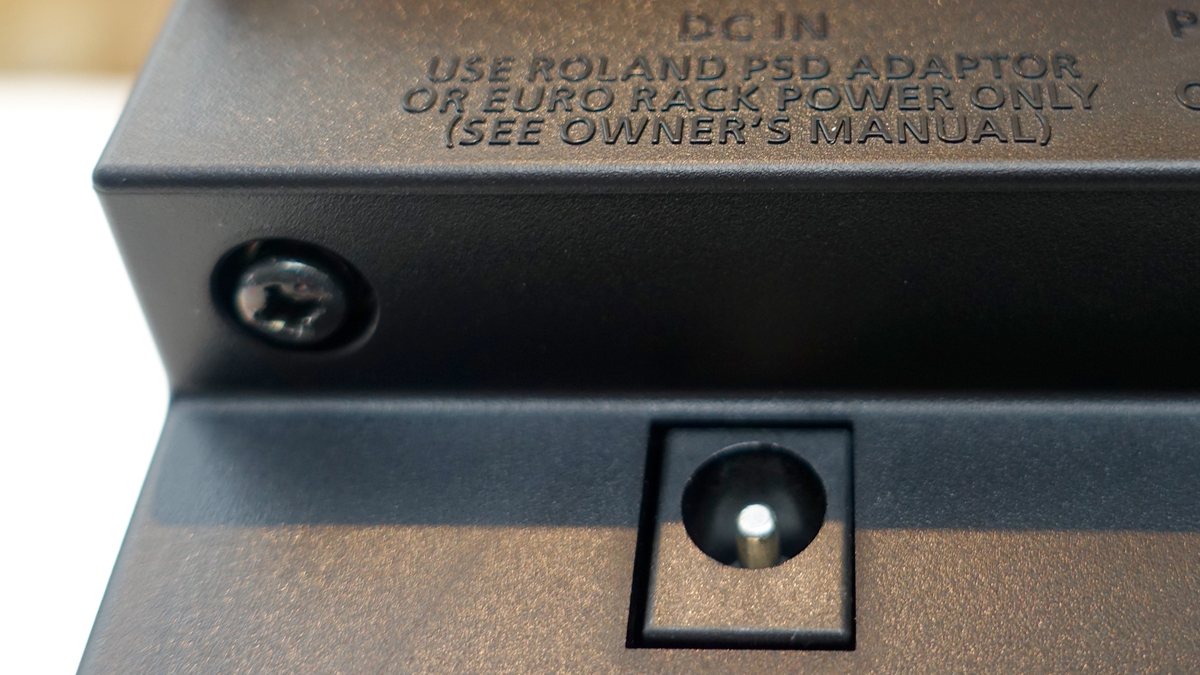
7. USB
The micro USB socket on the rear can be used for external programming, MIDI control (including MIDI clock) and audio in/out capabilities.
Roland does not provide much explicit information on the audio side, but it appears that multiple audio streams can be routed in and out of the units (at 96k only, though).
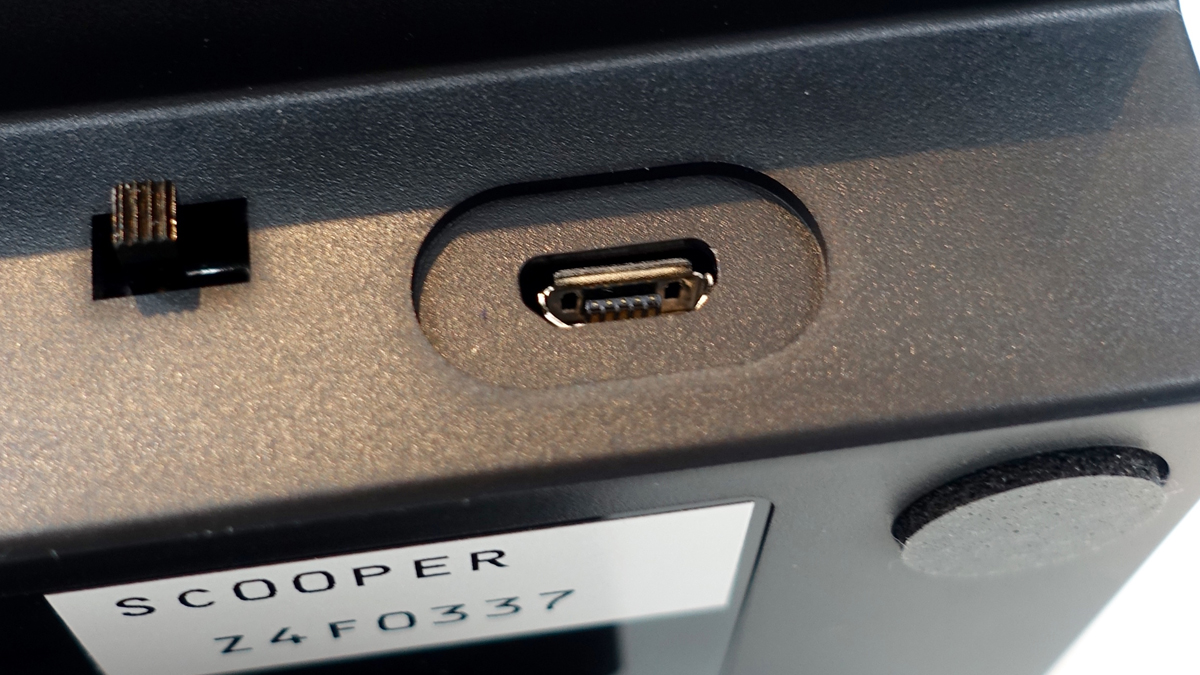
8. Euro or not Euro?
Like the recent System 1-m, the Aira EFX units come with their own PSUs.
You also get a Eurorack power adaptor should you wish to make a unit part of a more expansive modular system.

